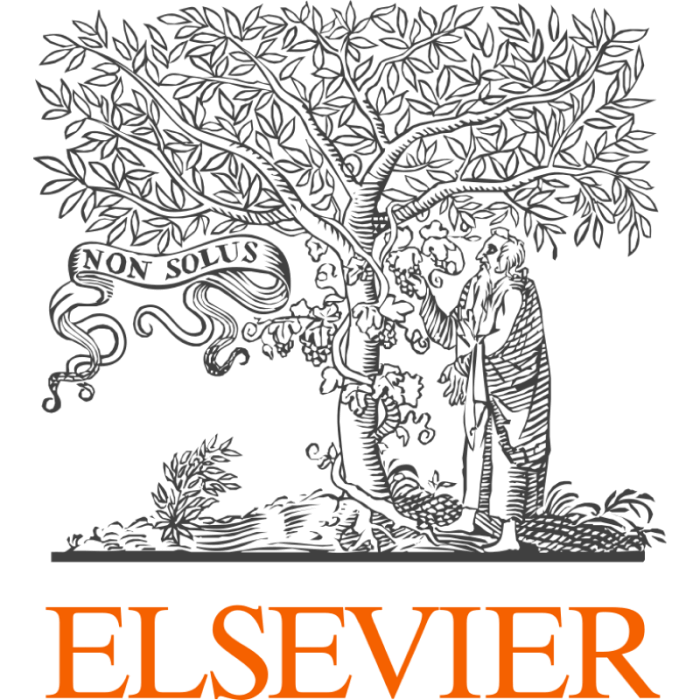Nuclear Instruments and Methods in Physics Research, Section A: Accelerators, Spectrometers, Detectors and Associated Equipment, volume 1046, pages 167591
A full detector description using neural network driven simulation
Fedor D. Ratnikov
1, 2
,
Sergey Mokhnenko
1
,
Artem Maevskiy
1
,
D Derkach
1
,
Adam Davis
3
,
Nikita Kazeev
1
,
L. Anderlini
4
,
Matteo Barbetti
4, 5
,
B. G. Siddi
6
2
Yandex School of Data Analysis, 11-2 Timura Frunze Street, Moscow, Russia
|
5
Publication type: Journal Article
Publication date: 2023-01-01
scimago Q2
wos Q3
SJR: 0.514
CiteScore: 3.2
Impact factor: 1.5
ISSN: 01689002, 18729576
Instrumentation
Nuclear and High Energy Physics
Abstract
The abundance of data arriving in the new runs of the Large Hadron Collider creates tough requirements for the amount of necessary simulated events and thus for the speed of generating such events. Current approaches can suffer from long generation time and lack of important storage resources to preserve the simulated datasets. The development of the new fast generation techniques is thus crucial for the proper functioning of experiments. We present a novel approach to simulate LHCb detector events using generative machine learning algorithms and other statistical tools. The approaches combine the speed and flexibility of neural networks and encapsulates knowledge about the detector in the form of statistical patterns. Whenever possible, the algorithms are trained using real data, which enhances their robustness against differences between real data and simulation. We discuss particularities of neural network detector simulation implementations and corresponding systematic uncertainties.
Are you a researcher?
Create a profile to get free access to personal recommendations for colleagues and new articles.



